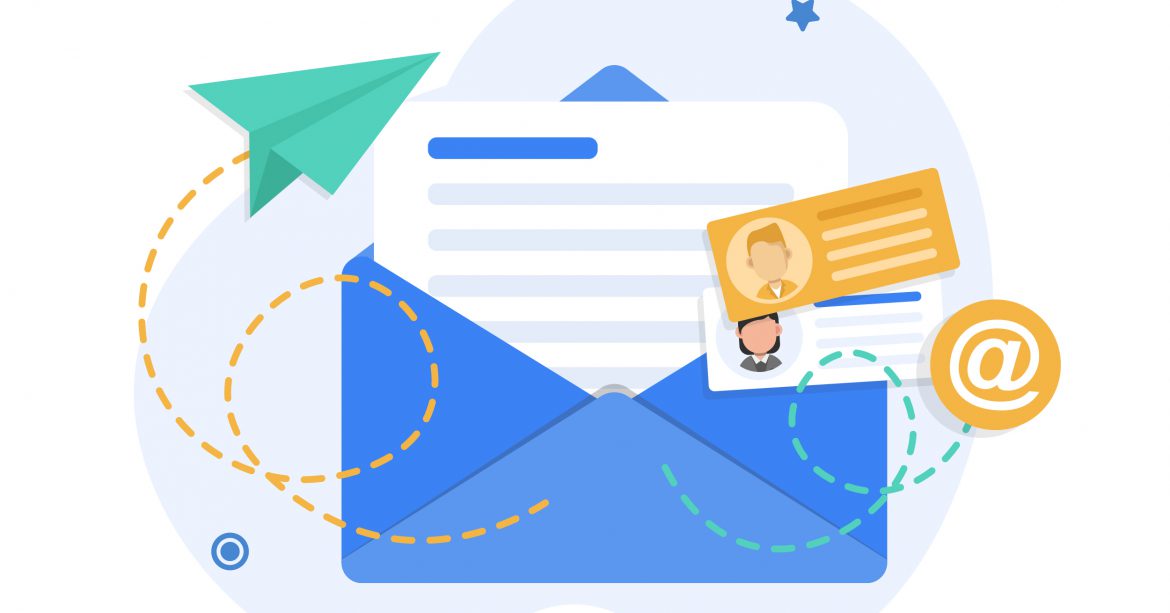Marketing: Is Your Marketing Team Blocking You From Scaling?
Everyone’s been there. When a colleague or someone on your team pulls out everything they can to stop you doing something albeit implementing new technology, a new technique or methodology or a completely new direction for your business. Businesses are often caught between the ...
The Power of Personalization in Digital Marketing: How to Tailor Your Message to Your Target Audience
In today’s digital age, marketers have access to a plethora of data that can be leveraged to create personalized marketing experiences for customers. Personalization is about creating relevant and individualized experiences for customers by tailoring messages to their unique preferences, ...
The impact of AI on email marketing and how to use it to your advantage
Email marketing is one of the most effective ways to reach customers, and with the advent of artificial intelligence (AI), it is becoming even more sophisticated. AI is able to analyze vast amounts of data, providing valuable insights that can be used to improve email marketing campaigns. ...
Email marketing best practices and tips for success
Email marketing is a cost-effective and efficient way for businesses to reach and engage with their target audience. You can build relationships, drive sales, and increase brand awareness by sending targeted, personalized messages to your email subscribers. First, however, it’s essential ...
The best marketing strategies to launch a business
You may feel invisible when marketing with a strategy, as if you are shouting into a crowded room and no one is paying attention.











